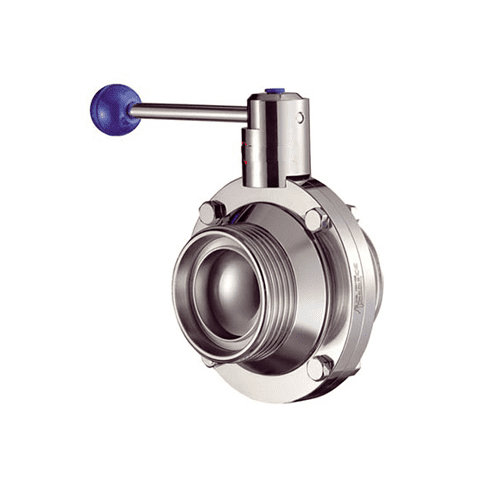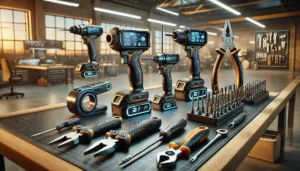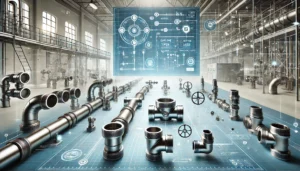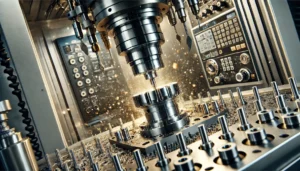In terms of systemic need, ball valves feature when there is a need to control the flow of fluids with accuracy and precision. They also facilitate the control of fluid dynamics and do the turning off or shutting off in a reliable way enabling them to be used in many industries. Ball valves have many applications but one of the primary ones is for creating bubble tight mechanisms in areas where chemicals are being manufactured. In order to make sure that systems are efficient in their operations, it is crucial to comprehend the definition of a bubble tight valve, the working mechanism of ball valves, and the benefits they bring in.
What is meant by a Bubble Tight Valve?
After undergoing bubble tightness test a bubble-tight valve will allow no leakage under any conditions and will be completely sealed. For instance, such valves are water tested and if any air can be detected during a pressure test showing any leakage around the valve seats, the valve is deemed faulty. Should this test not produce any visible bubbles within certain time parameters, the valve is considered bubble-tight. The chances of leakages are eliminated due to the fact that in these kinds of applications even the smallest of leaks can prove to be very detrimental. To determine a bubble-tight performance, an ANSI VI leakage rating is utilized with tests that use air or nitrogen – in some situations, helium is used for precision measurement. With regards to the valves, the cotton wool should be washed and dried in class VI, this is qualified as per the measurement in millilitres or bubbles per minute depending on the standards of the valve since there are no limitations in class VI standards.
Why Do Industries Require Bubble-Tight Systems?
To meet the safety, efficiency, and economic demands, industries in most markets implement bubble-tight systems. The applicability of a specific approach depends on the permeation- free operation of all critical systems. For example, in chemical processing, bubble-tight valves prevent the touch of dangerous substances. In the oil and gas sector, they help in pressure maintenance. Cryogenic applications depend on bubble-tight valves to cope with low temperature while water filtration plants guarantee no obstructed distribution systems. Ball valves serve the purpose well in all the global industries but most importantly in those with very stringent requirements because of their excellent sealing capabilities.
How Ball Valves Work
The main purpose of the ball in a ball valve is to allow it to flow; a pivoting action is used in the bonded stem and lever, which easily rotates the ball and/or ball a quarter turn. Ball valves consist of a number of elements among which are floating ball types where the ball is self-centered by the seats and is pushed against the seat downstream by the upstream pressure, resulting in tight sealing performance. Trunnion-mounted ball valves have its trunnions as fixed supports thus able to work well with high-pressure requirements and low torque requirements. Rotation of the valve handle of a rising stem ball valve causes the valve to open or close due to tilting of the valve.
Use of Ball Valves in Achieving Bubble Tight Shut-Off
The ball with hole and the ball and seat are in contact and create a bubble tight shut off for ball valves. On the other hand, they are classified into two broad types based on the seat material. Metal seated ball valves are built to withstand extreme circumstances including high temperatures up to 1000°F, and caustic environments. Such valves are frequently hardened through tungsten carbide coating and can endure extreme temperature as well as pressure drops and pressure flow rate variations. These are best suited for wear and tear and corrosive applications such as chemical plants as well as fire suppression systems. Other types of this valve known as soft-seated ball valves are molded with thermoplastics that can only operate efficiently on low to middle pressure and temperature (less than 500° F). They are also chemically compatible, low-priced, and are often reinforced with graphite or glass among other things for additional strength.
Advantages of Ball Valves
Ball valves are one of such valves which make it possible for the system to be bubble tight. Besides, the position of handle serves as an operational clarity indicator of the valve’s state. A good system is also characterized by high flow efficiency which is brought about by low pressure drop. The features of ball valves, such as enhanced sealing capabilities for instance, result in minimal leakage rates and trouble free operation in the critical applications. When materials are selected correctly, ball valves are very effective because they do not wear over a long time of usage which enables them to last for a long period. They are also quite effective when used for isolating and throttling services in different branches across the network as they can handle pressure, temperature and even corrosive media.
Conclusion
In industries where absolute safety, maximum efficiency and low costs are the determining considerations, having a bubble tight system is paramount. Where there are high expectations in terms of the system’s ability to seal and in the case of high pressures, ball valves meet those requirements. Their application spans from chemical processing to water filtrations as they can bear large temperature and pressure differences and can work in corrosive conditions which is a considerable advantage over the alternatives. For industries that do not want to compromise on the reliability or efficiency of a solution, ball valves provide an outstanding solution at a remarkably competitive price.
We take pride in being able to supply valuable industrial apparatus like ball valves that can be used for different type of jobs , at Induskart. Allow yourself us to enhance your processes with our catalogue of industrial items and services that are highly specialized and numerous.










